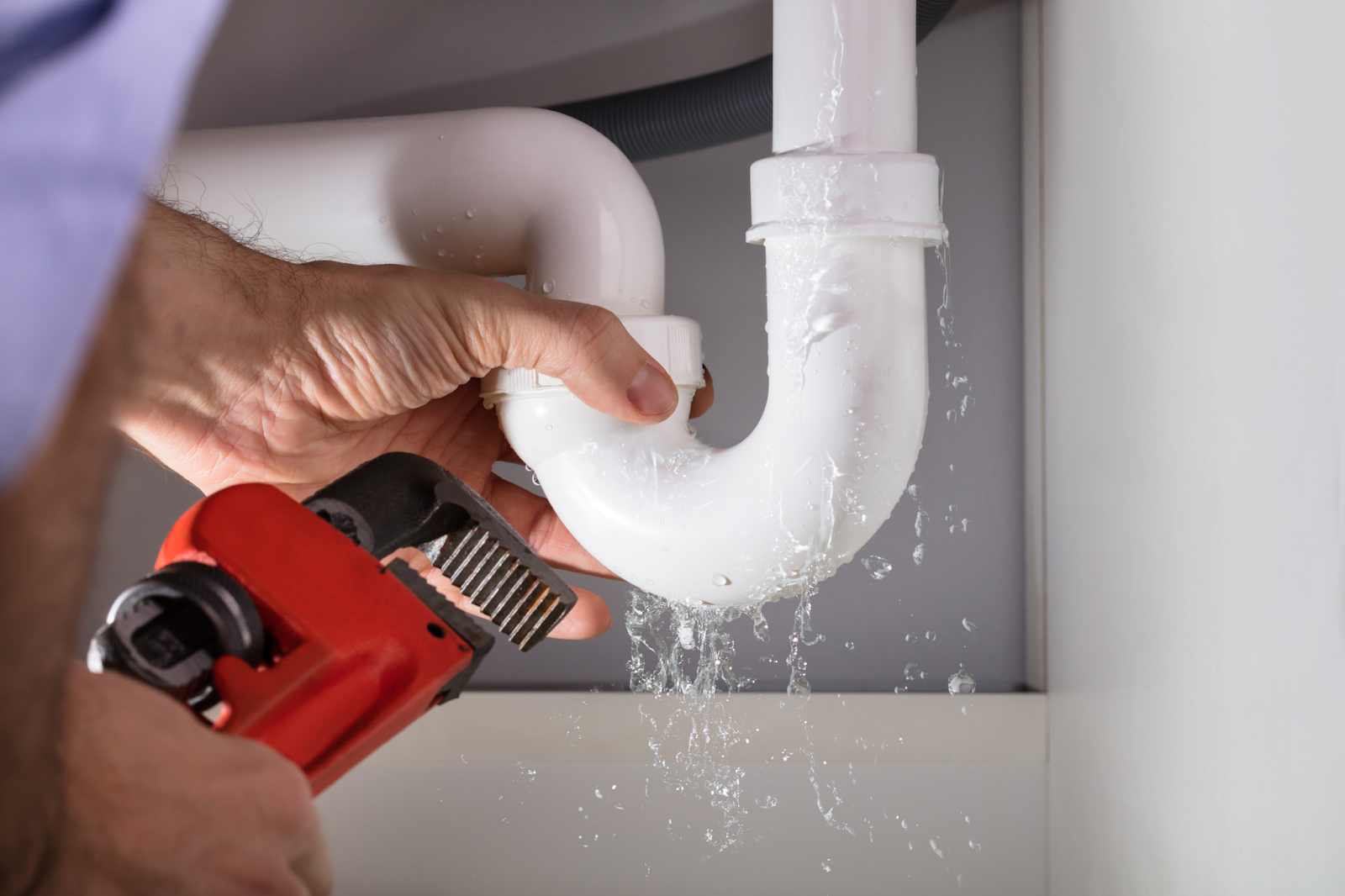When it comes to home maintenance in Sydney, water leaks can be more than just an inconvenience—they can lead to structural damage, mold, and skyrocketing water bills. Spotting a leaking pipe early can save you both money and headaches. While major leaks may require assistance from pipe leak repair experts, homeowners can take several proactive steps to identify trouble before it gets worse.
Here’s how you can check for leaking pipes in your Sydney home:
1. Watch Your Water Bill Closely
One of the first signs of a hidden pipe leak is a sudden spike in your water bill. If your usage habits haven’t changed but your bill keeps increasing month after month, you might be dealing with a leak somewhere in your plumbing system. Keep an eye on your statements and compare them with previous months. A steady rise can be a red flag, even if there are no visible signs of water damage.
2. Check For Damp or Discoloured Walls and Ceilings
In many Sydney homes, plumbing runs behind walls or above ceilings. If a pipe starts leaking behind these surfaces, you might notice discoloration, peeling paint, or bulging spots on drywall. These signs indicate water damage from within, and it’s often where a slow leak has been at work over time.
Take a walk through your home and examine corners, under windows, and ceilings—especially in bathrooms, kitchens, and laundry areas.
3. Listen for Unusual Sounds
A dripping sound in a quiet room, running water when taps are off, or faint hissing behind a wall can all point to hidden leaks. Sometimes these sounds are more obvious at night when background noise is minimal. If you can isolate the sound to a specific area, you’ll be one step closer to finding the source of the leak.
4. Inspect Under Sinks and Cabinets
Pipes under sinks are prone to wear and tear, especially in older Sydney homes. Open cabinets and check beneath sinks for signs of water pooling, mold, or a musty smell. If you spot corrosion or greenish-blue stains on copper pipes, that’s a sign of moisture buildup and a potential leak.
Also, ensure fittings and joints are secure. Loose connections can leak slowly over time and are often easy to fix with basic tools.
5. Look Around Toilets and Taps
Toilets, faucets, and showers are common culprits when it comes to leaks. Check around the base of toilets for water stains or damp flooring. Dripping faucets or showerheads might seem like small annoyances, but even a slow drip can waste liters of water per day.
Use a tissue to test for moisture around joints and seals, especially if you’re unsure whether the area is damp from use or a leak.
6. Test Your Water Meter
Sydney homeowners can use the water meter test to check for hidden leaks. Start by turning off all taps, appliances, and irrigation systems. Then, take a reading of your water meter. Wait one to two hours without using any water, and take another reading. If the numbers have changed, you likely have a leak somewhere on your property.
This test is particularly effective for identifying underground leaks that don’t present obvious symptoms inside the house.
7. Inspect Outdoor Areas
Leaks can occur outside your home too. Check around garden hoses, external taps, irrigation systems, and visible pipes along the exterior walls. Look for water pooling where it shouldn’t be, muddy patches, or areas of unusually lush plant growth—all signs that water is leaking underground or from an external fixture.
8. Use Dye to Test Toilet Leaks
Toilets can leak silently from the cistern into the bowl, wasting large amounts of water. A simple trick is to add a few drops of food coloring into the tank. Wait about 15-30 minutes without flushing. If the color appears in the bowl, you have a leak in the flapper valve that needs attention.
9. Know When to Call the Pros
While these DIY methods are great for identifying leaks, some problems lie too deep or involve complicated plumbing systems that require professional attention. If you’ve found signs of a leak but can’t determine the source, or if water damage is extensive, don’t wait.
In such cases, it’s wise to contact pipe leak repair experts who have the tools and training to locate and fix leaks efficiently.





